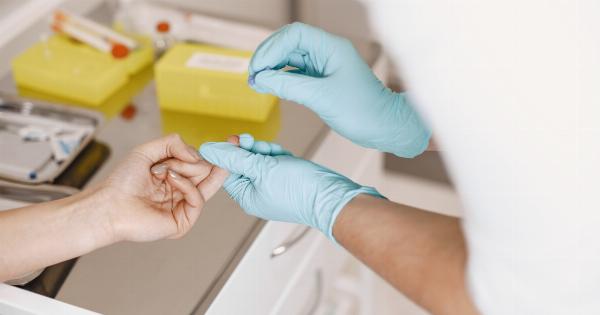Diabetes is a chronic condition that affects millions of people worldwide. It requires careful management of blood sugar levels to prevent complications and improve overall health.
Traditional treatment methods for diabetes include medication, insulin injections, dietary changes, and exercise. However, advancements in medical technology have paved the way for new and innovative approaches to managing diabetes. One such method is the use of endoscopic procedures in conjunction with sugar-free sugar.
What is an Endoscopic Method?
An endoscopic method refers to a minimally invasive procedure that makes use of an endoscope, a flexible tube with a light and camera attached to it.
This tube is inserted into the body through a small incision or a natural opening to diagnose and treat various medical conditions. Endoscopic procedures are commonly used for gastrointestinal issues, but recent studies have shown promising results for managing diabetes as well.
Understanding Sugar-Free Sugar
Sugar-Free Sugar is an innovative product that aims to provide an alternative to traditional sugar for individuals with diabetes. It is made from natural ingredients and is devoid of any additives or artificial sweeteners.
This sugar substitute has a similar taste and texture to regular sugar, making it an ideal choice for those who want to satisfy their sweet tooth without causing a spike in their blood sugar levels.
How Does the Endoscopic Method Work?
The endoscopic method for managing diabetes with sugar-free sugar involves inserting an endoscope into the gastrointestinal tract. This procedure allows healthcare professionals to access the duodenum, which is the first part of the small intestine.
Within the duodenum, there are certain cells known as K cells that are responsible for producing a hormone called glucagon-like peptide-1 (GLP-1).
GLP-1 is an incretin hormone that plays a crucial role in regulating blood sugar levels. It stimulates the production and release of insulin from the pancreas, which helps to reduce blood sugar levels after a meal.
However, in individuals with diabetes, this hormone may be impaired or insufficient.
During the endoscopic procedure, sugar-free sugar is introduced into the duodenum. The presence of this sugar substitute stimulates the K cells to produce and release more GLP-1.
As a result, blood sugar levels are better regulated, leading to improved glycemic control.
The Benefits of the Endoscopic Method
The endoscopic method for managing diabetes with sugar-free sugar offers several advantages compared to traditional treatment methods. Some of the key benefits include:.
1. Minimally Invasive:
Endoscopic procedures are minimally invasive, meaning they require smaller incisions and result in less scarring and faster recovery times compared to open surgeries.
2. Improved Glycemic Control:
The introduction of sugar-free sugar into the duodenum stimulates the production of GLP-1, which helps to regulate blood sugar levels more effectively.
3. Reduced Reliance on Medication:
By improving glycemic control, individuals may be able to reduce their reliance on medication or insulin injections, leading to a decreased risk of potential side effects.
4. Enhanced Quality of Life:
Better management of blood sugar levels allows individuals with diabetes to lead a more normal and unrestricted lifestyle. They can enjoy meals and snacks without constantly worrying about their blood sugar levels spiking.
5. Long-lasting Effects:
The endoscopic method has shown long-lasting effects in maintaining improved glycemic control even after the procedure. This means that individuals may experience sustained benefits without the need for frequent treatments.
Potential Considerations and Limitations
While the endoscopic method for managing diabetes with sugar-free sugar shows promise, there are a few considerations and limitations to keep in mind:.
1. Suitability:
Not all individuals with diabetes may be suitable candidates for the endoscopic method. The suitability of this procedure will depend on various factors, including the severity of diabetes and overall health status.
2. Procedure Risks:
As with any medical procedure, endoscopic procedures carry some risks, such as bleeding, infection, or damage to surrounding tissues. It is crucial to discuss these risks with a healthcare professional before undergoing the procedure.
3. Individual Response:
Each individual may respond differently to the endoscopic method. While some may experience significant improvements in glycemic control, others may not experience the same level of benefits.
Regular monitoring and follow-up care are essential to assess the effectiveness of the procedure for each individual.
Conclusion
The endoscopic method for managing diabetes with sugar-free sugar offers an innovative approach to improving glycemic control and enhancing the overall well-being of individuals with diabetes.
By stimulating the production of GLP-1 in the duodenum, this method helps regulate blood sugar levels more effectively. However, it is important to consider individual suitability and potential risks before opting for this procedure. Consultation with a healthcare professional is crucial to determine the best course of action for managing diabetes.
























